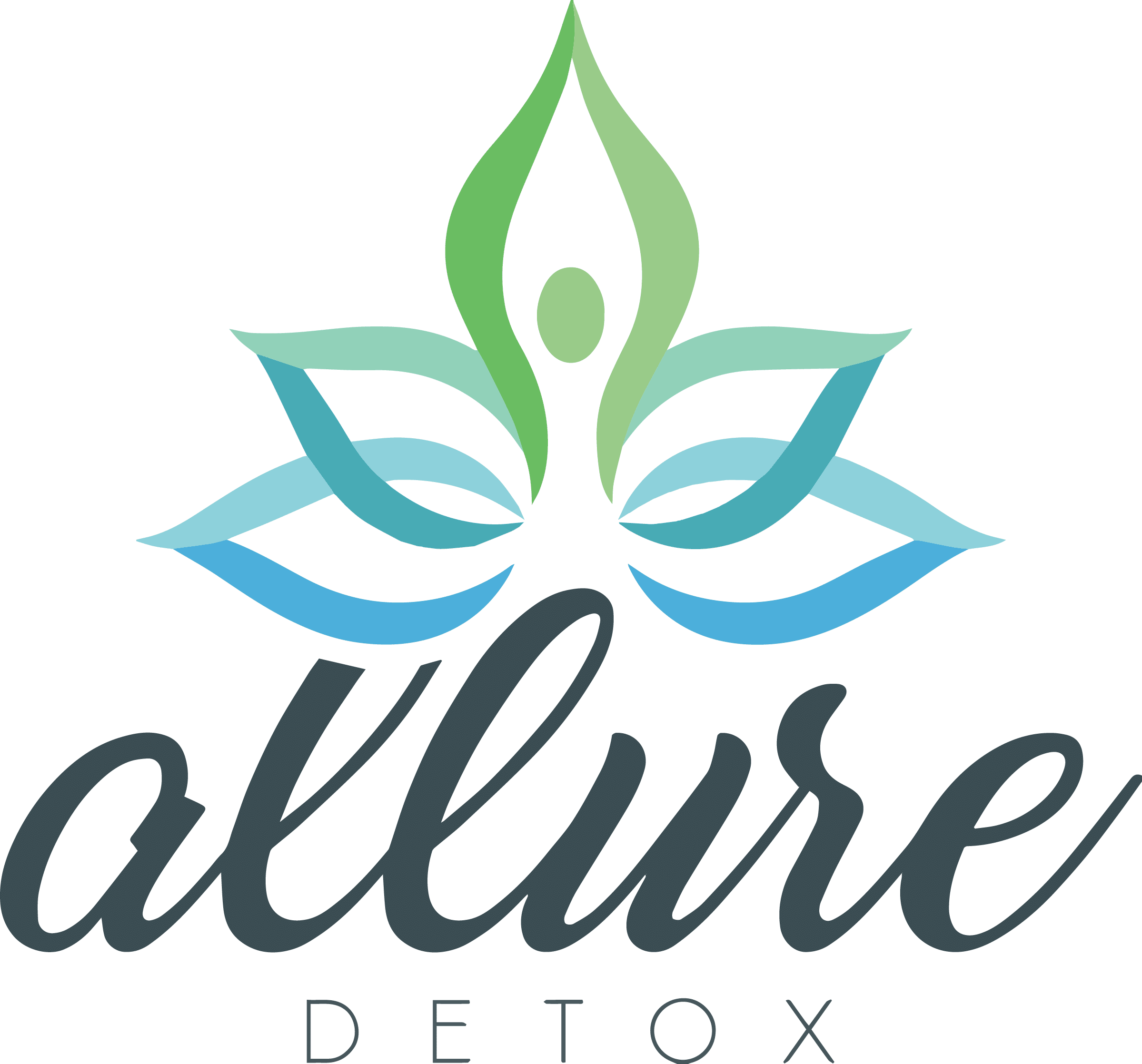

Recognized for excellence in substance abuse and behavioral health treatment by the Joint Commission

How Soon Can You Drink Alcohol After Surgery? What Doctors Recommend
Drinking too soon after surgery can interfere with healing, medications, and anesthesia recovery. Learn when it’s safe and what risks to avoid.
Addiction Treatment Center
Twelve-step programs — In an American survey of treatment providers from three separate institutions (the National Association of Alcoholism and Drug Abuse…

After surgery, doctors recommend that patients follow a strict healing regimen: drink plenty of fluids, practice relaxation techniques to reduce...

Is Ayahuasca Legal in the United States?
Ayahuasca has been around for centuries, used by indigenous people in rituals dating back to around 2400 BC Naranjo. However,...

Can You Take NyQuil and Sleeping Pills Together?
NyQuil is one of the most popular medications for the common cold, with over 18 million units sold annually in...

Is Beer Good for Kidney Stones?
Beer and Kidney Stones: Can It Help or Hurt? If you’ve heard that drinking beer helps pass kidney stones, you’re...
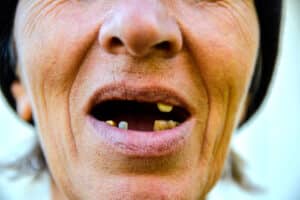
What Drugs Make Your Teeth Fall Out?
A Hard Pill to Swallow: How Drug Use Destroys Your Smile If you’ve ever wondered what drugs make your teeth...
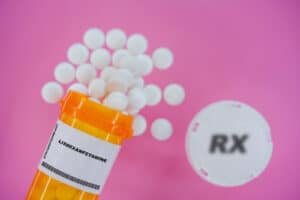
Is Vyvanse Addictive?
For individuals struggling with binge eating disorder or ADHD (Attention Deficit Hyperactivity Disorder), Vyvanse can be a transformative treatment. It...

AA Fear List
Among the many treatment plans given to those suffering from alcoholism, the 12-step program emerges as one of the most...

10 Facts About Drugs
In essence, drugs are substances that can alter your physical and mental state. They can influence the way you feel...

How Long Does Phentermine Stay in Your System?
Phentermine is a prescription stimulant drug that has been approved by the FDA for treating weight loss in overweight people....
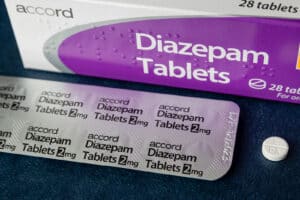
How Long Does it Take for Valium to Kick in?
Valium is one of the most popular medications to treat anxiety disorders, panic attacks, insomnia, and various other related substance...

How Does Ativan Make You Feel?
Ativan is the brand name of lorazepam, a benzo medication used to treat anxiety and other psychological disorders. As a...
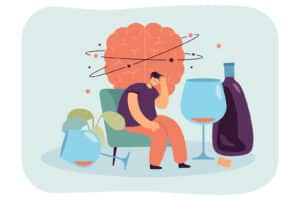
What Happens to Your Brain When You Stop Drinking?
You know that drinking alcohol can intoxicate you. That’s because alcohol has immediate effects on your brain and central nervous...

10 Ways on How to Avoid Drug Addiction
Drug abuse is all too common. Studies show that at least 10% of all adults in the US have struggled with...

How Much Does Florida Drug Rehab Cost?
Under the Affordable Care Act (ACA), substance abuse treatment is an essential health care service that should be accessible for...

Is It Safe to Drink Coffee While Taking Adderall?
Whether you’ve just started taking Adderall or if you’ve been taking it for some time, you may be wondering if...
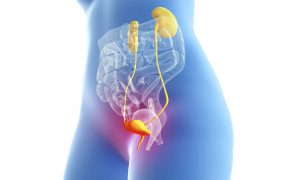
Is It Safe to Drink Alcohol While You Have a UTI or Are on Macrobid?
Most people have heard of UTIs (urinary tract infections) even if they have never experienced one. That is likely because...
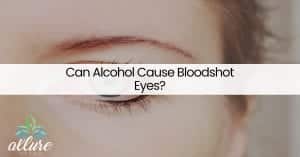
Can Alcohol Cause Bloodshot Eyes?
Alcohol abuse and addiction take a significant toll on every part of the physical body, from our vital organs to...

Can You Overdose on Ultracet Pills?
Ultracet is a prescription painkiller most commonly prescribed for the treatment of moderate to severe pain. This medication is a...
Real Reviews from Real Clients
At Allure Detox, client safety and comfort are our top priorities. From the moment you walk through our doors, you can expect a warm welcome from every member of our team. We are committed to providing exceptional drug and alcohol detox services and creating an environment that supports long-term, successful recovery.
